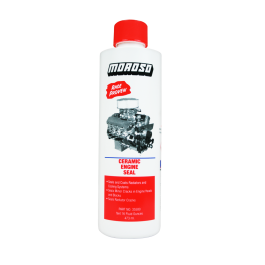A couple thing I have personally experienced and they relate to head gaskets.
1) As stated, look at your oil, if it is not oil color and has a milkshake consistency (you cant miss it) it is going to be a mixing of oil and coolant. This can be (usually is) a blown head gasket. Annoying, but not really hard to do. OR it can be a cracked head / block allowing the mixing. Head is less annoying than the block to deal with. OR it can be both head gasket and cracked head/block, but since you'd replace the gasket anyway in either case, nothing really added here.
2) Look at your coolant reservoir while the engine is running. If there are bubbles, it is likely a head gasket also.
* Surprise bonus thing*
3) If the head gasket has been recently replaced, it could still some coolant/oil mix in the exhaust track (manifold, catalytic converter, muffler, etc). Saw one that smoked bad after a head gasket replacement, but oil and coolant were fine. Took about 2 weeks for it to stop smoking on startup. Since your daughter just bought it, it is entirely possible it was bought w/ a blown head gasket to flip it and this is just a normal post replacement thing that will go away in a few days.

